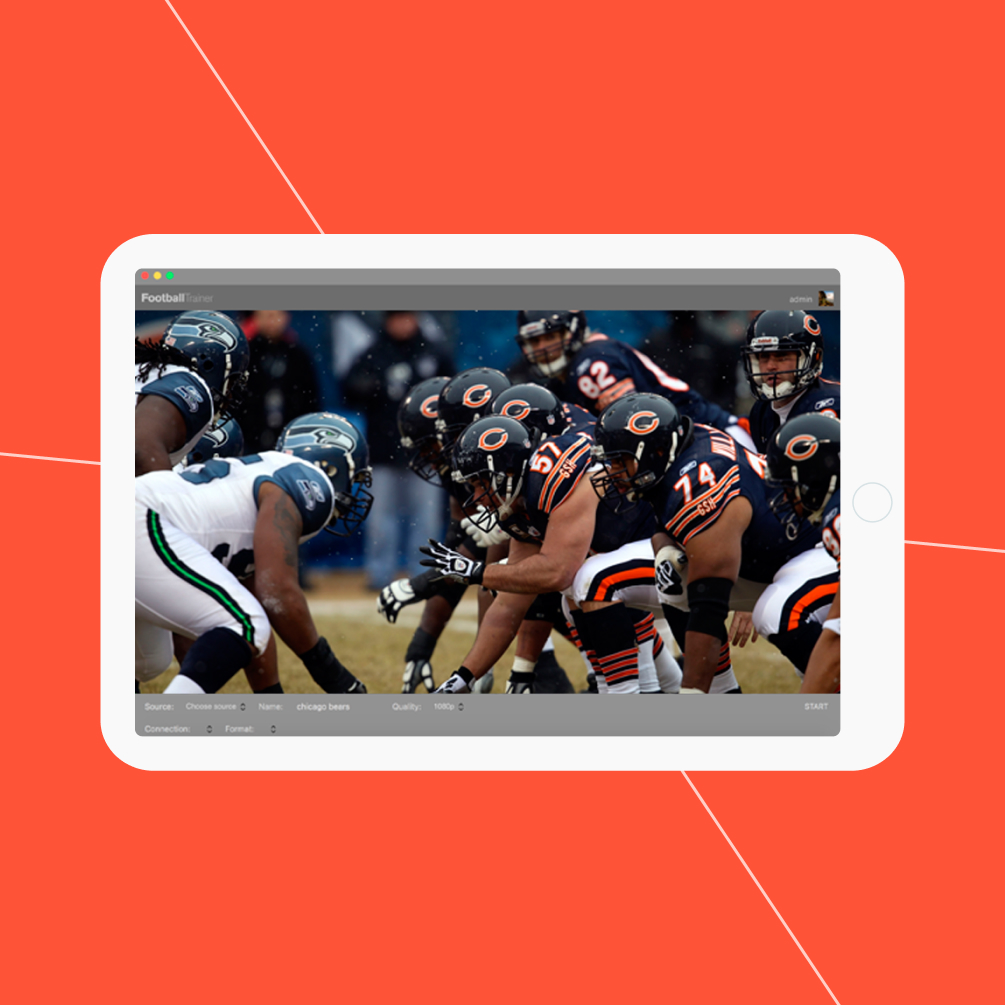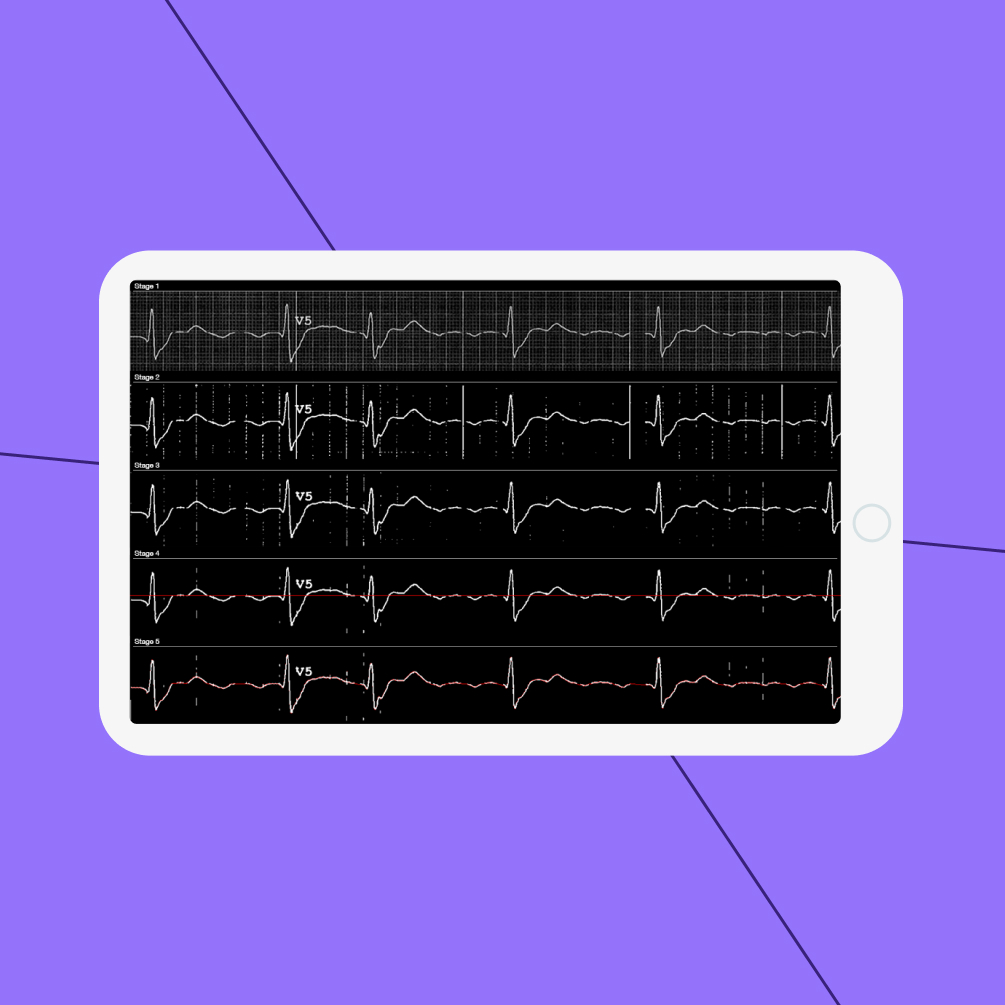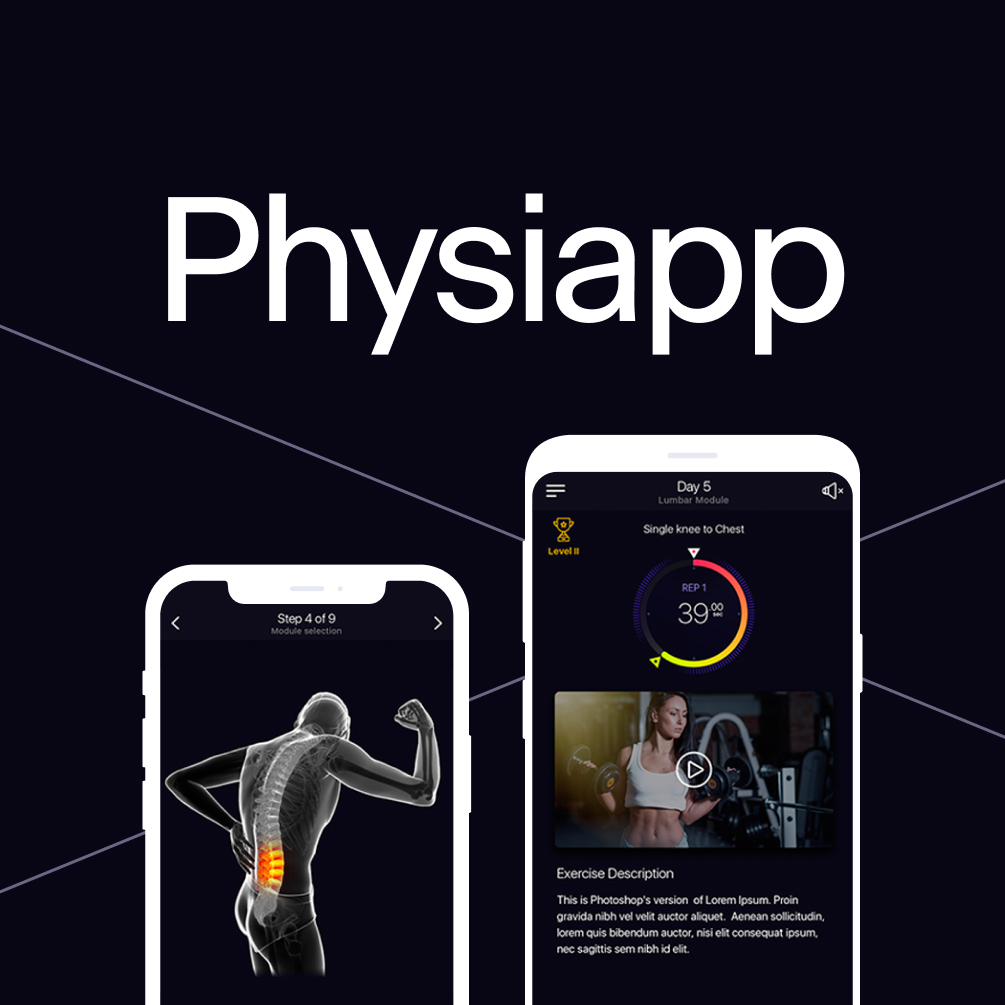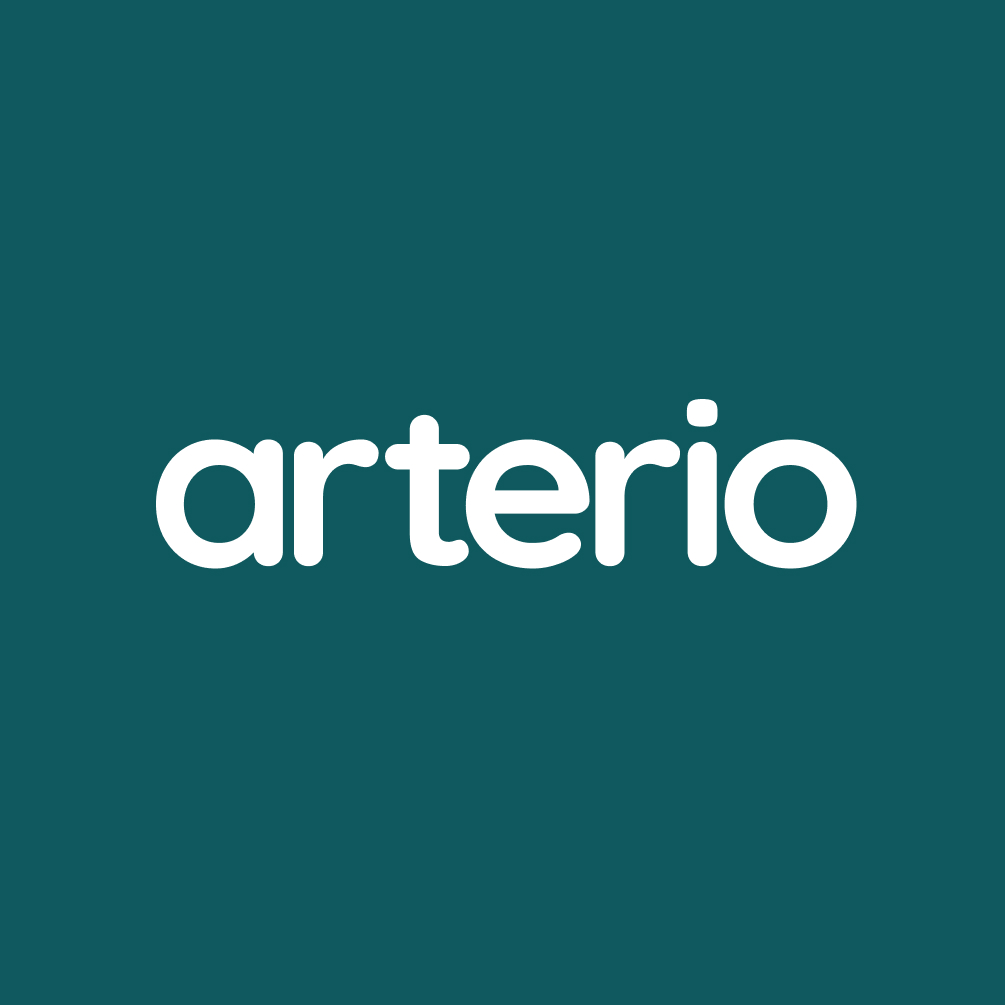Football Video Analysis: Computer Vision Software
An automated video analytics system designed for football schools.
- Industry
- Sport
Initially, the client monitored and kept records on all the progress and training of students manually. Given that this data pool is constantly growing and needs a lot of resources to analyze, we needed to create a solution that could collect and process various types of data. This way, our client could create individual training programs and increase the involvement of students’ parents using the exact statistics and measurements.
Customer goal
1. Analyze the overall feasibility of a computer vision system to improve the quality of training analysis and in-club competitions.
2. Development of a software solution solving specific tasks of offline football schools:
- collecting and processing various types of data;
- measuring the dynamics of football players’ skills development;
- creating individual training programs.
Solution
The Exposit team worked on a soft-and-hardware solution that allows users to track the movement of football players and balls on the field using cameras and use the collected data to create individual training programs. During the development, we took into account such criteria as cost optimization in terms of equipment, processes automation and a large amount of video data: the client needs to process more than 150 football grounds of various sizes, coverage, layout and lighting at the same time.
Our team reviewed the existing options for sports games analytics to create a solution that meets all the requirements:
- Wearable tracking systems, which involve the use of budget individual GPS-trackers to build analytics, but do not provide high accuracy results. Such systems are used to collect and process data like speed, respiration, the number of jerks and accelerations, etc.
- Optical tracking systems, which include the installation of expensive high-tech cameras around the entire perimeter of the football field, as well as a separate paid subscription for the manual annotation of key match events. Such systems provide greater accuracy and allow you to describe the tactical component of the match, but do not contain accurate individual indicators of the players.
During the research, we found that wearable and optical tracking systems are often used in conjunction for greater accuracy of football analytics. Thus, we needed to create a solution that combines the capabilities of wearable and optical systems to collect and process various types of data without using expensive equipment. This solution turned out to be a computer vision system. Since object detection and tracking is a standard task for machine learning algorithms, we suggested that it is also possible to train a neural network to “understand” actions such as dribbling, passing, intercepting, jumping, tackling, etc.
To test the effectiveness of this solution, our team developed a prototype of football analytics based on computer vision technologies, as well as an operating algorithm – from setting up / calibrating cameras and ground marking to receiving a statistical report. The prototype can detect the player’s position on the football field during a match or training session and identify a specific player using the “reference” histograms. Histograms graphically illustrate the number of pixels at each color intensity level creating a unique graph for each player. The result of the system is a file containing data on the coordinates of the players.
Dmitry Kibkalo, Co-Founder of the Meteor Football Schools shared a review for the services provided — please read the full feedback by the link.
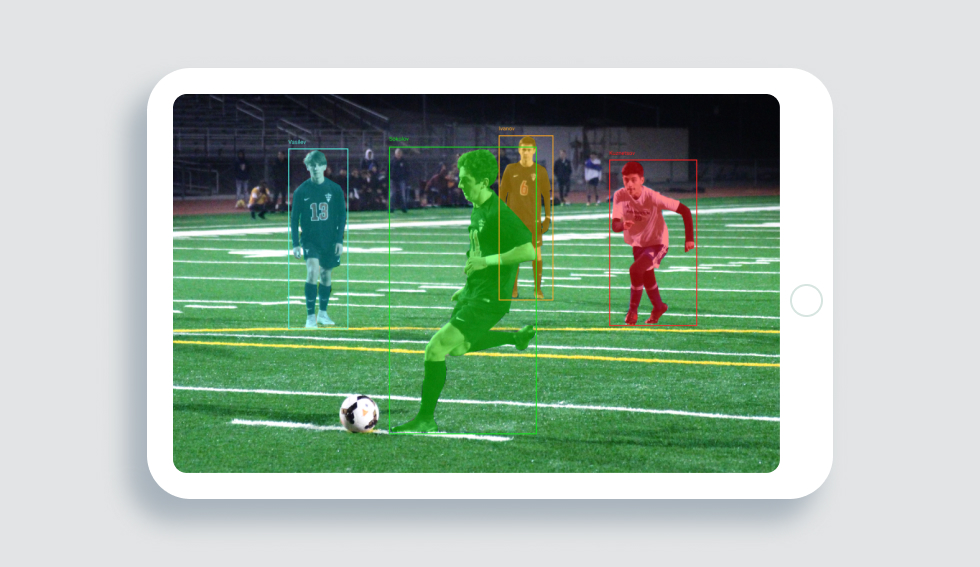
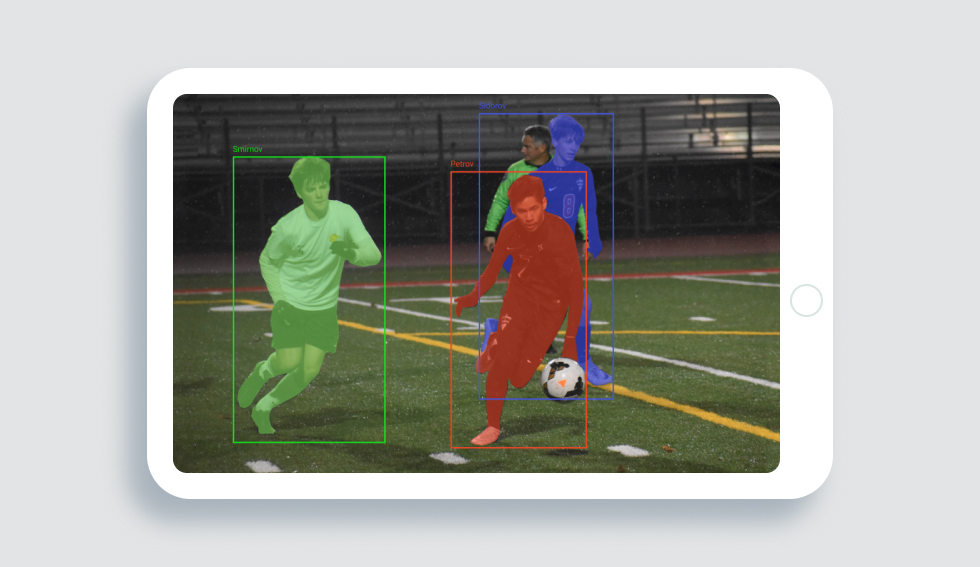
I appreciate their initiative and innovative approach in offering the most workable ideas for implementation with great presenting and reporting skills.

Dmitry Kibkalo
Co-Founder of Meteor Football Schools
The computer vision system streamlines training data collection, freeing up resources for coaches to focus on tailored training programs.
Precise statistics enable parents to engage more meaningfully with their child’s progress, strengthening community ties.
By integrating wearable and optical tracking capabilities into a single system, the solution provides accurate analytics without costly equipment.
